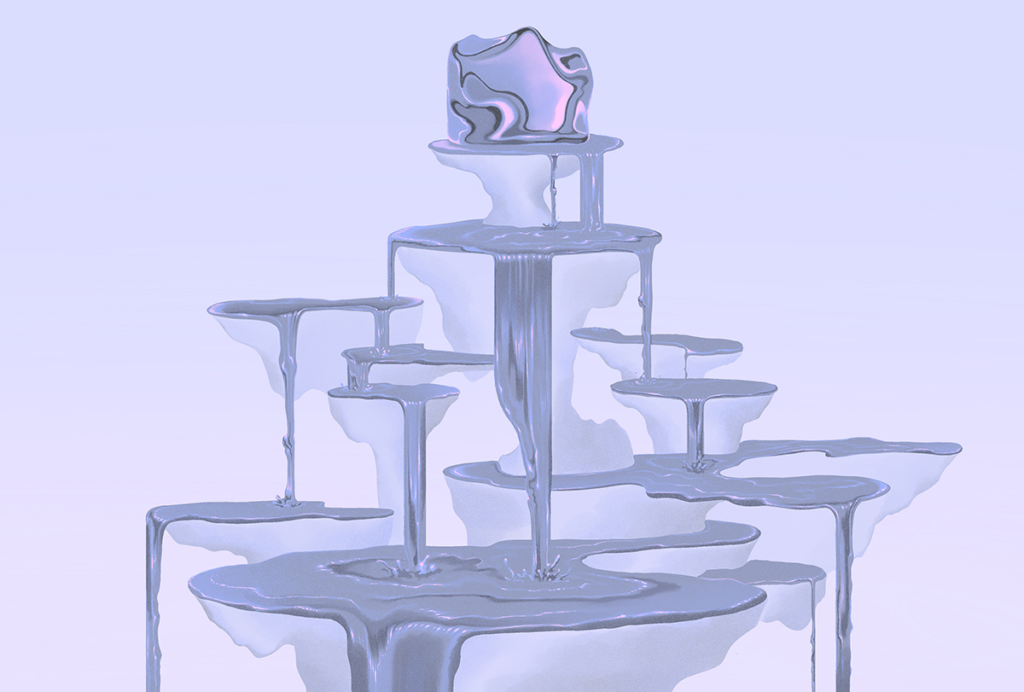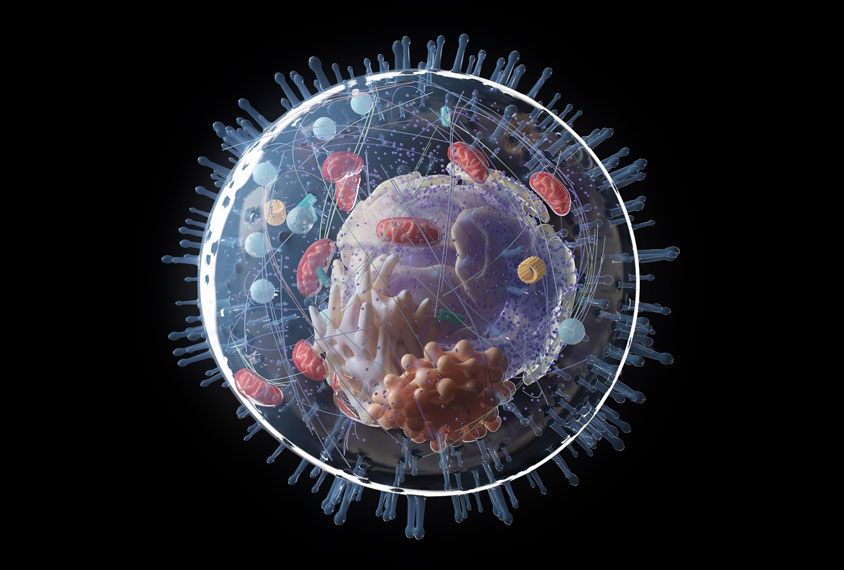
In-cell sequencing reveals genome’s natural geometry
Researchers have developed a method for sequencing the genome of an intact single cell, revealing its spatial arrangement within the nucleus.
Researchers have developed a method for sequencing the genome of an intact single cell, revealing its spatial arrangement within the nucleus.
Single-cell sequencing has been around for several years, but it typically requires researchers to break cells apart to get at the genome — and breaks up the genome in the process. The new method leaves the cell whole, enabling researchers to map the DNA’s natural geometry.
“The goal of the project is to see the genome in three-dimensional space,” says Paul Reginato, a graduate student in the labs of Edward Boyden at the Massachusetts Institute of Technology and George Church at Harvard University. Mapping the genome’s spatial organization may help researchers understand how key autism genes are regulated.
Reginato presented the unpublished work yesterday at the 2019 Society for Neuroscience annual meeting in Chicago, Illinois.
Several existing methods can sequence RNA and single letters of DNA in intact cells, but the new method is the first to do this for the whole genome. The researchers have trialed it in cells grown in a dish and plan to apply it to cells in tissue.
The researchers fragment the DNA into short snippets using an enzyme and then tag each snippet with a unique DNA barcode before making multiple copies of it. They sequence the barcodes using fluorescent probes and then visualize the fluorescing snippets to see their locations within the nucleus.
Finally, they take the cells out of the dish, sequence the barcoded snippets and use the barcodes to map each snippet’s position in the cell.
“At this point, the resolution is relatively low,” Reginato says. That’s because only so many copies of barcoded snippets will fit in the nucleus, which limits the quality of the image.
The researchers plan to improve the resolution by adding a step: expanding the nucleus using a technique developed in Boyden’s lab that stretches brain tissue, while keeping cellular structures intact.
For more reports from the 2019 Society for Neuroscience annual meeting, please click here.
Recommended reading

Ramping up cortical activity in early life sparks autism-like behaviors in mice
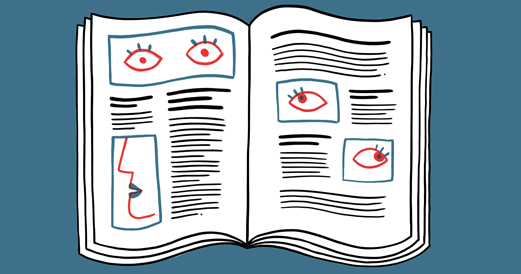
New method identifies two-hit genetic variation in autism; and more
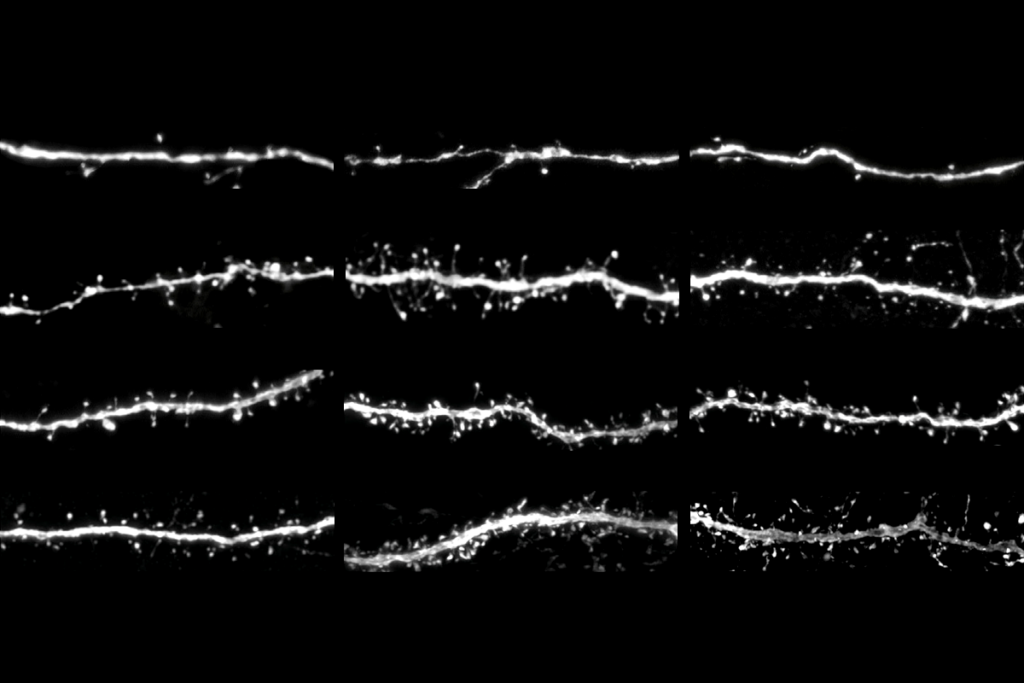
Protein tug-of-war controls pace of synaptic development, sets human brains apart
Explore more from The Transmitter
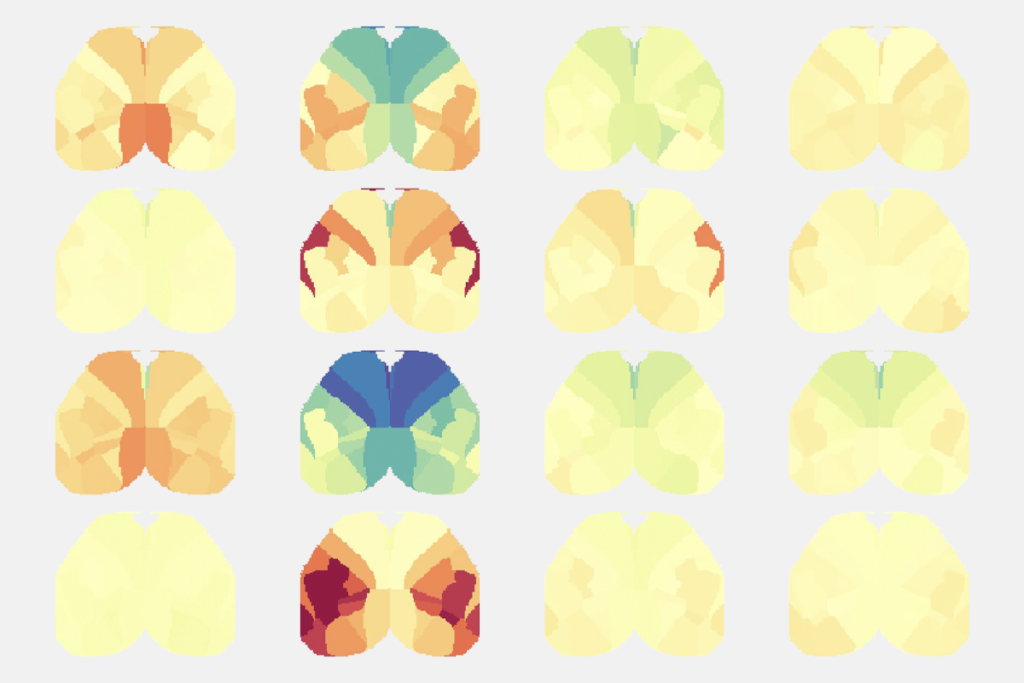
Psychedelics muddy fMRI results: Q&A with Adam Bauer and Jonah Padawer-Curry
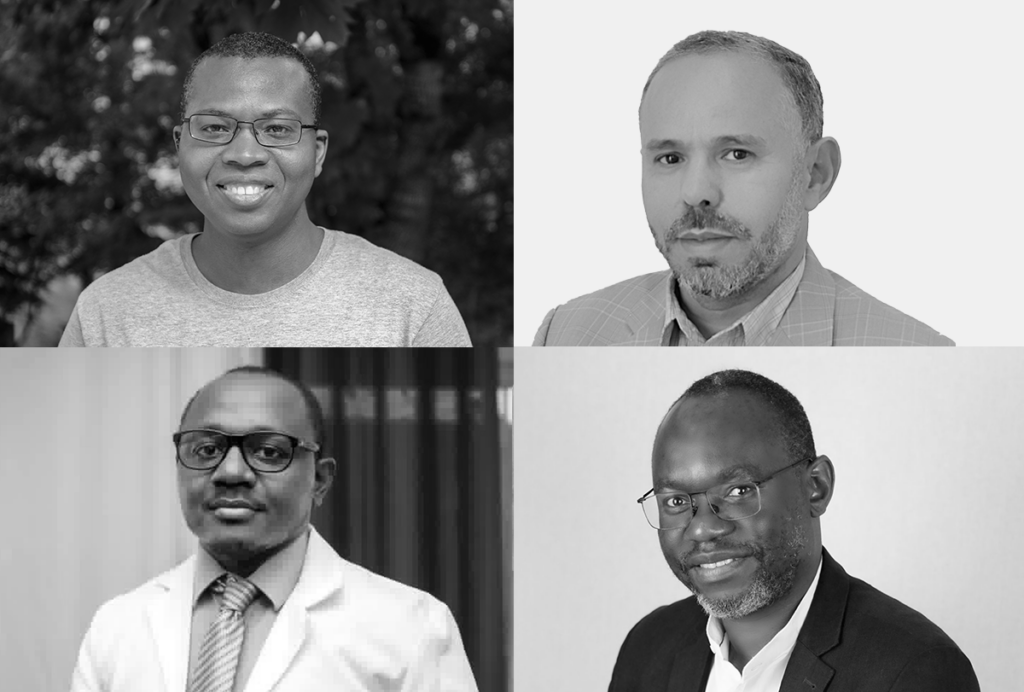
First Pan-African neuroscience journal gets ready to launch
